

Today, she is remembered as a trailblazer who led the way for many other female pilots who work in the aviation industry in Canada.
🧵9/10

Today, she is remembered as a trailblazer who led the way for many other female pilots who work in the aviation industry in Canada.
🧵9/10
In 1965, Molly was hired by Canadian Coachways as their chief pilot. This made her the first female corporate pilot in Canada.
In 1974, she was inducted into the Canadian Aviation Hall of Fame.
🧵8/10

In 1965, Molly was hired by Canadian Coachways as their chief pilot. This made her the first female corporate pilot in Canada.
In 1974, she was inducted into the Canadian Aviation Hall of Fame.
🧵8/10
🧵7/10

🧵7/10
🧵6/10

🧵6/10
🧵5/10

🧵5/10
In 1957, she competed in the Webster Trophy aviation race, finishing only three-tenths of a point behind the first place winner.
🧵4/10

In 1957, she competed in the Webster Trophy aviation race, finishing only three-tenths of a point behind the first place winner.
🧵4/10
She served in the RCAF as a non-commissioned officer until 1946.
🧵3/10

She served in the RCAF as a non-commissioned officer until 1946.
🧵3/10
When the Second World War began, Molly wanted to join up.
🧵2/10
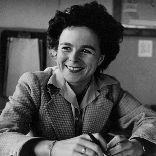
When the Second World War began, Molly wanted to join up.
🧵2/10
In 10,000 hours as a pilot-in-command, she never had a single accident.
This is her story.
🧵 1/10
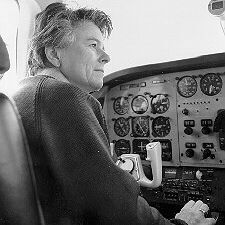
In 10,000 hours as a pilot-in-command, she never had a single accident.
This is her story.
🧵 1/10
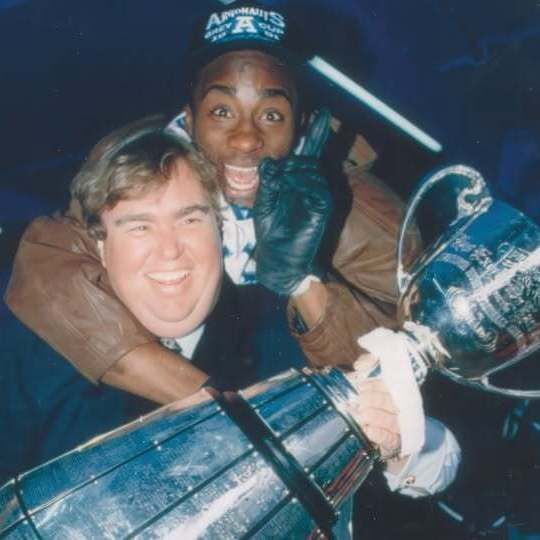
Canadian Encyclopedia: buff.ly/NG0ldwM
National Gallery of Canada: buff.ly/BkPfJaI
Dictionary of Canadian Biography: buff.ly/JGe53bi

Canadian Encyclopedia: buff.ly/NG0ldwM
National Gallery of Canada: buff.ly/BkPfJaI
Dictionary of Canadian Biography: buff.ly/JGe53bi
🧵 9/10

🧵 9/10
🧵 8/10
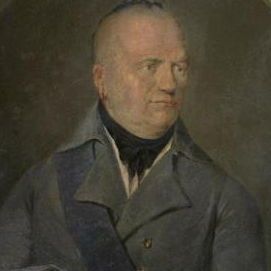
🧵 8/10
In his last years, Thayendanegea lived in his home at Burlington Bay where he translated the Bible.
🧵 7/10

In his last years, Thayendanegea lived in his home at Burlington Bay where he translated the Bible.
🧵 7/10
The land they received was too small for hunting and Thayendanegea hoped to expand their land.
🧵 6/10

The land they received was too small for hunting and Thayendanegea hoped to expand their land.
🧵 6/10
🧵 5/10

🧵 5/10
When the American Revolution began, Thayendanegea organized an Indigenous force to aid the British.
🧵 4/10

When the American Revolution began, Thayendanegea organized an Indigenous force to aid the British.
🧵 4/10
During the Seven Years' War, he served with his sister's common-law husband Sir William Johnson.
🧵 3/10

During the Seven Years' War, he served with his sister's common-law husband Sir William Johnson.
🧵 3/10
🧵 2/10

🧵 2/10
A gifted diplomat, he spent his life fighting for the right for his people to remain on ancestral lands.
This is his story.
🧵 1/10

A gifted diplomat, he spent his life fighting for the right for his people to remain on ancestral lands.
This is his story.
🧵 1/10

🧵 6/7

🧵 6/7
🧵 5/7

🧵 5/7
🧵 4/7
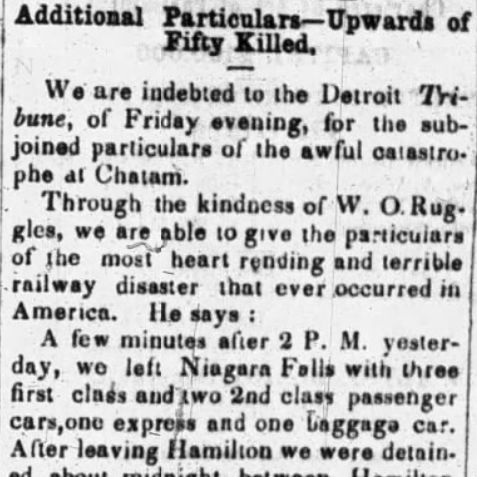
🧵 4/7

